
Ingrown Fingernail
Normally nails grow and their edges are not in contact with the nearby skin. In case of ingrown nails they appear to grow into the very direction of the skin so we can say that ingrown fingernail occurs as a result of incorrect growth of a nail. Improper cutting of nails may be one of the causes of ingrown fingernails. Their sharp edges literally penetrate the skin. Penetration leads to pain and discomfort. This condition becomes even more uncomfortable if additional fungal or bacterial infection develops.
Symptoms of Ingrown Fingernails
The skin around ingrown fingernail is red and slightly swollen. The edges grow inwards instead of outwards and this results in intensive pain, particularly when one touches things or even moves his/her finger. This condition may cause additional complications such as fungal or even bacterial infection. Both of these feature with collection of puss near the place of ingrown nail. Infection only increases the pain and requires prompt treatment.
Causes of Ingrown Fingernail
Definitely the leading cause of ingrown fingernail is inappropriate cutting. Very short trimming can be another cause of this medical condition. Women pay more attention to their fingernails and they commonly cut the nails in curved manner which may be another predisposing factor to ingrown fingernails. And finally, a trauma to the nail may damage its structure and healing may eventually lead to ingrowth.
Treatment for Ingrown Fingernail
Olive oil may be beneficial in reduction of pain associated with ingrown fingernail. One should perform massage with warm olive oil. Olive oil additionally encourages the proper nail growth. Pain can be also decreased if one uses mild soaps.
If one has developed fungal or bacterial infection s/he will have to apply antibacterial or antifungal ointments to eradicate infection. Symptoms of infection can be partially alleviated by application of diluted tea tree oil. Coconut can be amazingly helpful in prevention of infection caused by bacteria and fungi. Some doctors even prescribe specific ointment to prevent infection from occurring.
Prevention can be achieved by proper cutting or preferably trimming. Prior the cutting or trimming the nails need to be soft so it is best to perform this action after showering or having a bath. If nails are way too hard they can be simply dipped into a solution of warm salt water and baking soda for about 15 minutes. So finally, after the nail has become soft enough not only that trimming will be easier to perform but it will also be painless.



_f_280x120.jpg)
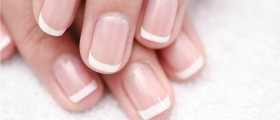



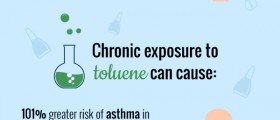
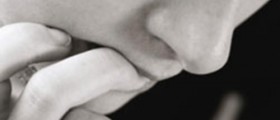
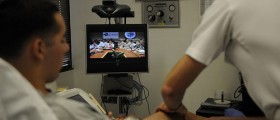
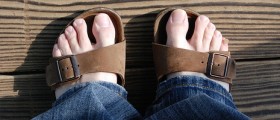
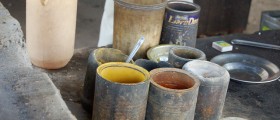

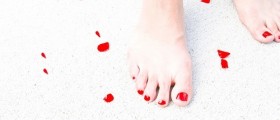
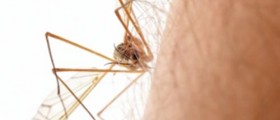
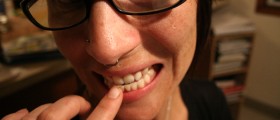
Your thoughts on this
Loading...